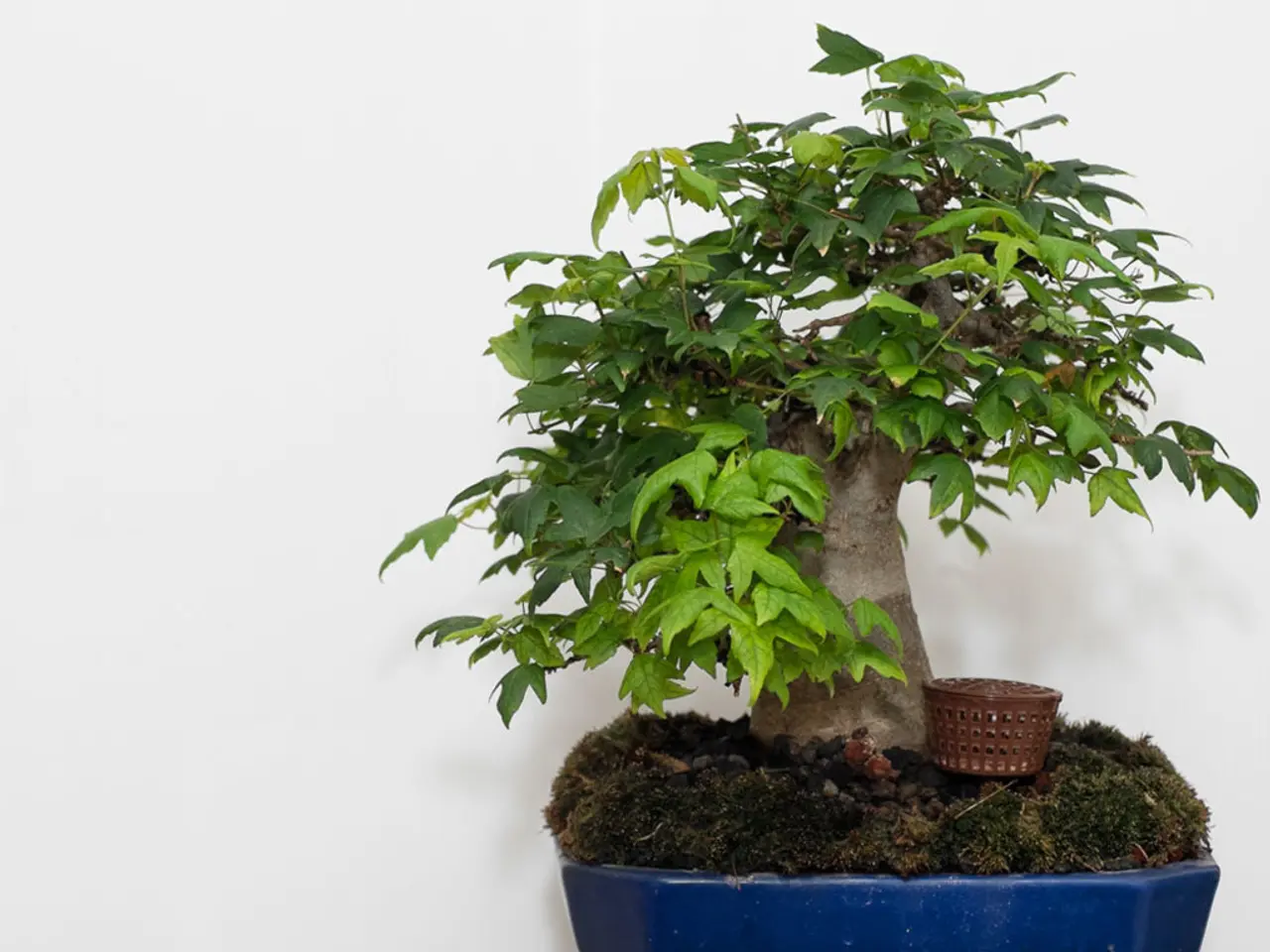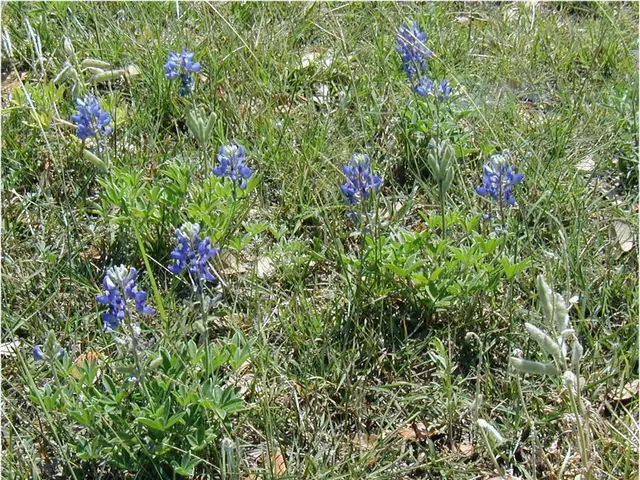Seasonal Maintenance Guide for Indoor Bonsai: Ensuring Vibrant Growth Throughout the Year
Caring for Indoor Bonsai Trees Throughout the Seasons
Bonsai trees, miniature masterpieces of nature, require tailored care to thrive indoors. Their needs change with the seasons, adapting to the tree's growth cycle and environmental changes.
Spring
In spring, when growth resumes, it's the perfect time for major pruning to shape the tree and remove dead or crossing branches. This is a great opportunity to improve airflow and light penetration by removing about one-third of the foliage. Increase watering frequency, ensuring the soil remains slightly moist but not waterlogged. Apply a balanced, light fertilizer regularly to support new growth. Provide bright, indirect light, avoiding scorching direct sun, especially for species like Ficus Ginseng. Repotting every 2-3 years is also beneficial to refresh the soil and encourage root growth.
Summer
During summer, with the hotter temperatures, bonsai trees have their highest water needs. You may need to water daily and check the soil moisture twice a day (morning and evening). Maintain moderate humidity (40-60%) with humidity trays if the indoor air is dry. Bright indirect light remains important, and some species tolerate a few hours of direct morning sun. More active pest inspection and treatment are necessary as pests like aphids and spider mites are more prevalent. Minor pruning can be done, but avoid heavy cuts outside spring.
Autumn
Autumn marks the shift towards preparation for dormancy. Gradually reduce watering frequency as growth slows and days shorten. Light trimming to prepare the tree for dormancy is advisable, but no heavy pruning which could stress the tree. Decrease or stop fertilizing to avoid stimulating new growth that won't harden before winter. Provide as much bright light as possible as daylight decreases; consider supplemental lighting if natural light is insufficient. Maintain stable temperatures within 60°F to 75°F (15°C to 24°C) range; avoid drafts or sudden drops.
Winter
In winter, water sparingly, allowing the top soil to dry more between waterings to prevent root rot due to lower growth and humidity. Maximize available bright indirect light near windows but avoid cold drafts and intense direct sunlight exposure which may damage leaves. Use humidity trays or indoor humidifiers to maintain moisture as heating indoors can dry the air. Keep consistent warmth, ideally no lower than 15°C (59°F), protecting bonsai from cold drafts and frost. Fertilizing is typically paused during dormancy to let the bonsai rest. Minimal or no pruning is advisable to avoid stressing the tree during dormancy.
Regularly scrutinize your indoor Bonsai for signs of pests or disease, such as soft, mushy, or blackened areas on the trunk or branches, yellowing or curled leaves, fine webbing or tiny eggs, small moving dots, unusual odors or sticky substances, and unhealthy overall appearance. Fungal diseases can manifest in various ways, such as soft, mushy spots, powdery white or black fungal growths, blackened or dying leaves, white, cottony patches, and a general decline in the tree's overall health and vigor.
When caring for indoor Bonsai trees, it's essential to use specialized products for bonsai trees, as their unique growing conditions and precise nutrient needs necessitate different care compared to regular houseplants. Indoor Bonsai trees require a consistent temperature range between 65°F to 75°F (18°C to 24°C) to thrive. Be cautious not to over-mist, as this can lead to root rot and other issues. Not all bonsai tree species are suitable for indoor growing, as some require specific outdoor conditions to thrive. Common pests include spider mites, mealybugs, and scale insects, which can cause significant damage if left unchecked. Regular pruning is essential for indoor Bonsai trees, as it helps maintain the tree's natural shape, encourages desired patterns, directs energy toward healthy growth, and controls pests and diseases.
Repot your indoor Bonsai tree every 2-5 years to allow for refreshed soil, adequate root growth, and peak health, while also preventing stagnation and ensuring a thriving, elegant specimen. Avoid placing Bonsai near heating or cooling vents, fireplaces, or drafty windows. Position your Bonsai in a spot with a stable temperature, such as a north-facing window or a quiet corner of the room. Misting your Bonsai tree with a water spray bottle daily can provide an instant humidity boost.







